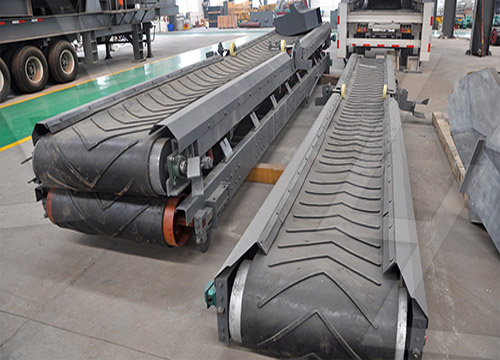# Design and Calculation of Bag Filter
Bag filters are widely used in industries for dust collection and air pollution control. The design involves selecting the right filter media, determining the filtration area, calculating pressure drop, and sizing the system appropriately.
—
## 1. Key Parameters for Bag Filter Design
A. Input Parameters
1. Gas Flow Rate (Q) – Volumetric flow rate of gas to be treated (m³/hr or CFM).
2. Dust Concentration (C) – Inlet dust loading (g/m³ or mg/Nm³).
3. Filter Media Selection – Based on temperature, chemical resistance, and particle size.
4. Filtration Velocity (Vₙ) – Also called “air-to-cloth ratio” (m/min or ft/min).
5. Required Efficiency – Typically >99% for fine particles.
6. Pulse Jet Cleaning System Parameters – Pressure, frequency, and duration.
—
## 2. Basic Calculations
A. Required Filtration Area (A)
The filtration area is calculated based on the gas flow rate and filtration velocity:
\[
A = \frac{Q}{V_n}
\]
– \( A \) = Filtration area (m² or ft²)
– \( Q \) = Gas flow rate (m³/min or CFM)
– \( V_n \) = Filtration velocity (m/min or ft/min)
.jpg) # Typical Filtration Velocities:
# Typical Filtration Velocities:
| Application | Filtration Velocity (m/min) |
|————-|—————————-|
| Cement Dust | 0.8 – 1.2 |
| Coal Dust | 1.0 – 1.5 |
| Wood Dust | 1.5 – 2.0 |
| Metal Dust | 0.7 – 1.0 |
—
B. Number of Filter Bags (N)
If each bag has an area \( A_{bag} \), then:
\[
N = \frac{A}{A_{bag}}
\]
– Common bag sizes:
– Diameter 20–160 mm (~5–6 inches)
20–160 mm (~5–6 inches)
– Length: 2–8 m (~6–26 ft)
# Example Calculation:
– Gas flow rate (\( Q \)) = 10,000 m³/hr = 166.67 m³/min
– Filtration velocity (\( V_n \)) = 1 m/min
– Required filtration area (\( A





Leave a Reply